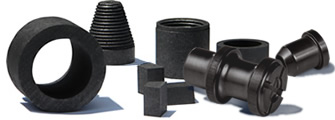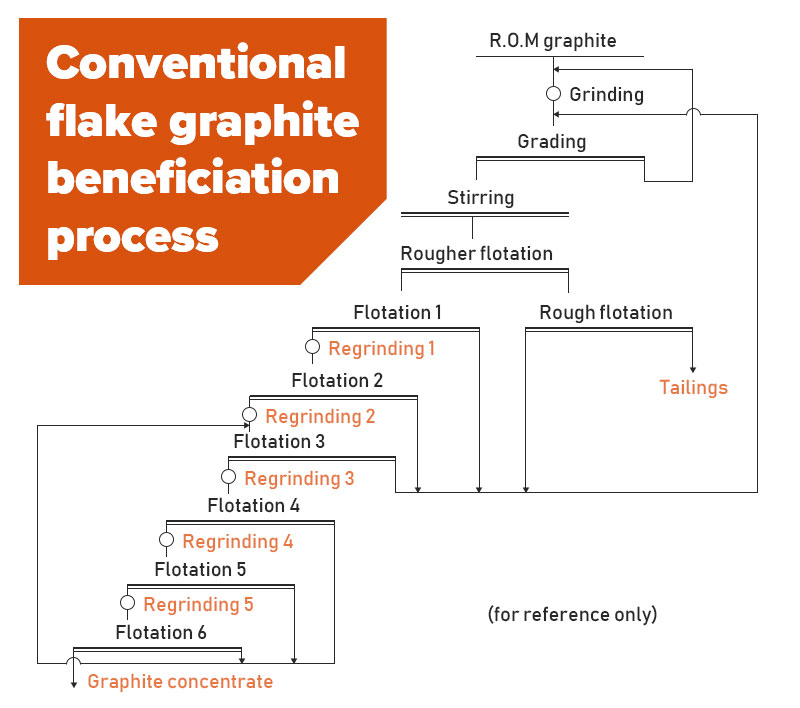Zhengzhou Hengyang Industrial Co., Ltd |
|
Verified Suppliers
|
|



Raw materials for synthetic graphite fabrication (petroleum coke, pitch coke, carbon black, natural graphite and secondary graphite scrap are loaded and stored in raw material silos. First, the raw materials are ground in crushers and ball mills. The resulting powder is then conditioned according to the particle size distribution. Finally, the powder is blended with a binder to produce a paste. Coal tar pitch or petroleum pitch are used as binders.
The resulting pasty mixture may be compacted using one of the shape forming techniques: extrusion, vibro-molding or cold isostatic pressing.
The compacted parts are heat treated in an anaerobic baking furnace at temperatures between 900 and 1200°C (1650 and 2200°F). Carbonization occurs during baking. It results in the thermal decomposition of the binder into elemental carbon and volatile components. Carbon formed in the carbonization process binds the powder particles. The volume of the binder is higher than the volume of the formed carbon. Therefore, carbonization results in the formation of pores. The total relative volume of porosity is determined by the binder quantity.
At this point in the process the carbon parts may be impregnated with pitch and re-baked to reduce its porosity. Impregnation is typically performed using a pitch lower in viscosity than the original binder pitch. Low viscosity is required in order to fill gaps more completely. Petroleum pitch is normally utilized for this function.
For some high-density graphite grades, the carbon parts may go through the baking, pitch impregnation, rebaking cycle several times. Our GPX 1 graphite is manufactured using a raw graphite material that has been densified with pitch and rebaked. Our GPX 2 graphite is manufactured using a raw graphite material that has been densified with pitch, rebaked, re-densified with pitch and rebaked again.